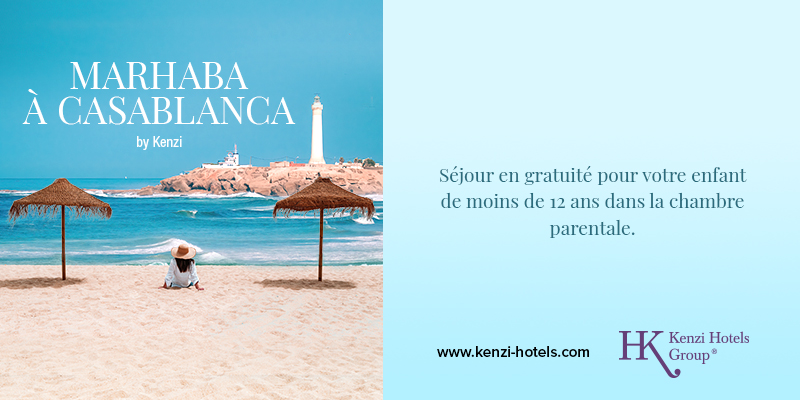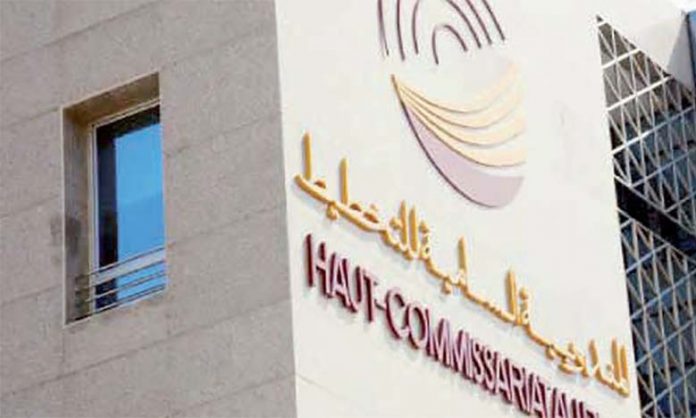Syrians account for 54.4% of refugees in Morocco, according to the results of a survey conducted by the High Planning Commission (HCP). Yemenis rank second with a share of 12.3%, followed by Central Africans (9.9%) and Ivorians (4.5%), HCP points out in a note on the results of the 2021 National Survey on Forced Migration, which covered a sample of 3,000 migrants, including 800 refugees and asylum seekers.
Among all the regularized or irregular migrants, 16.7% are from Côte d’Ivoire, 15.9% from Senegal, 13.2% from Guinea, 10.1% from the Democratic Republic of Congo, 8.7% from Cameroon, 4.9% from Mali, 2.3% from the Central African Republic and 15.1% from other African countries, the source says. The majority of migrants (84.9%) left their countries of origin from 2010 (82% among men and 89.3% among women) against 15.1% before 2010. Almost half of them (46.4%) have left their countries of origin since 2016, including 30.4% between 2016 and 2018 and 16% between 2019 and 2021.
The document also notes that almost two-thirds of migrants (61.2%) arrived directly in Morocco from their country of origin, with a share of 65% among women and 58.7% among men. Almost 38.8% have already lived in other countries for three months or more outside their country of origin and Morocco, including 22.8% in one country only, 10.1% in two countries, 4,2% in three countries and 1.8% in four countries and more. The journey of migrants from the country of origin to Morocco cost an average sum of 1,940 US dollars, with no significant difference between men and women. This cost is highest among Syrians ($ 3,760), Yemenis ($ 2,280), DRC nationals ($ 2,020) and lowest among Senegalese ($ 920) and Guineans ($ 1,040).
According to the HCP, more than one third of migrants (39.1%) left their country of origin mainly for reasons related to war, insecurity and persecution. Looking for a job or improving living conditions come second with a share of 36.7% (39.9% among men and 32.1% among women).





